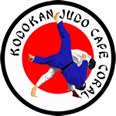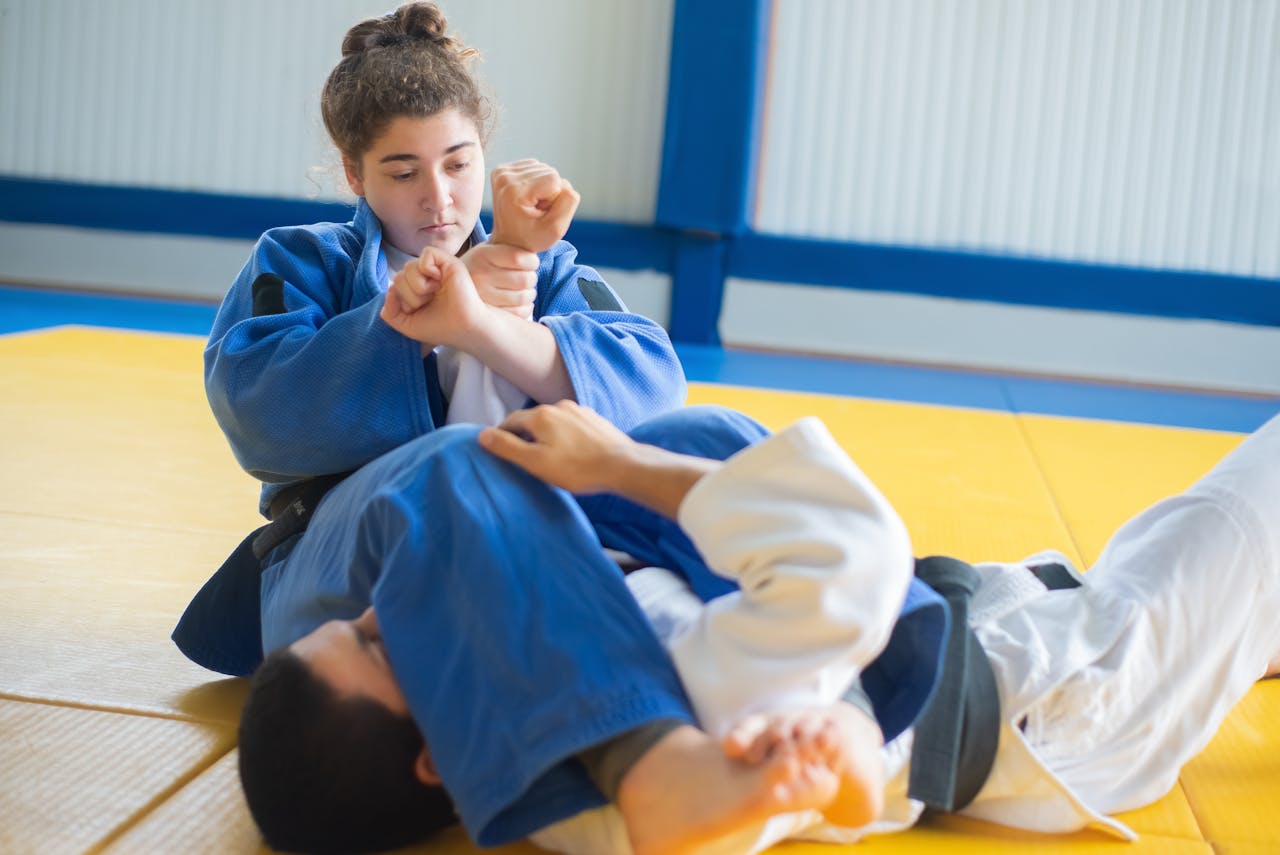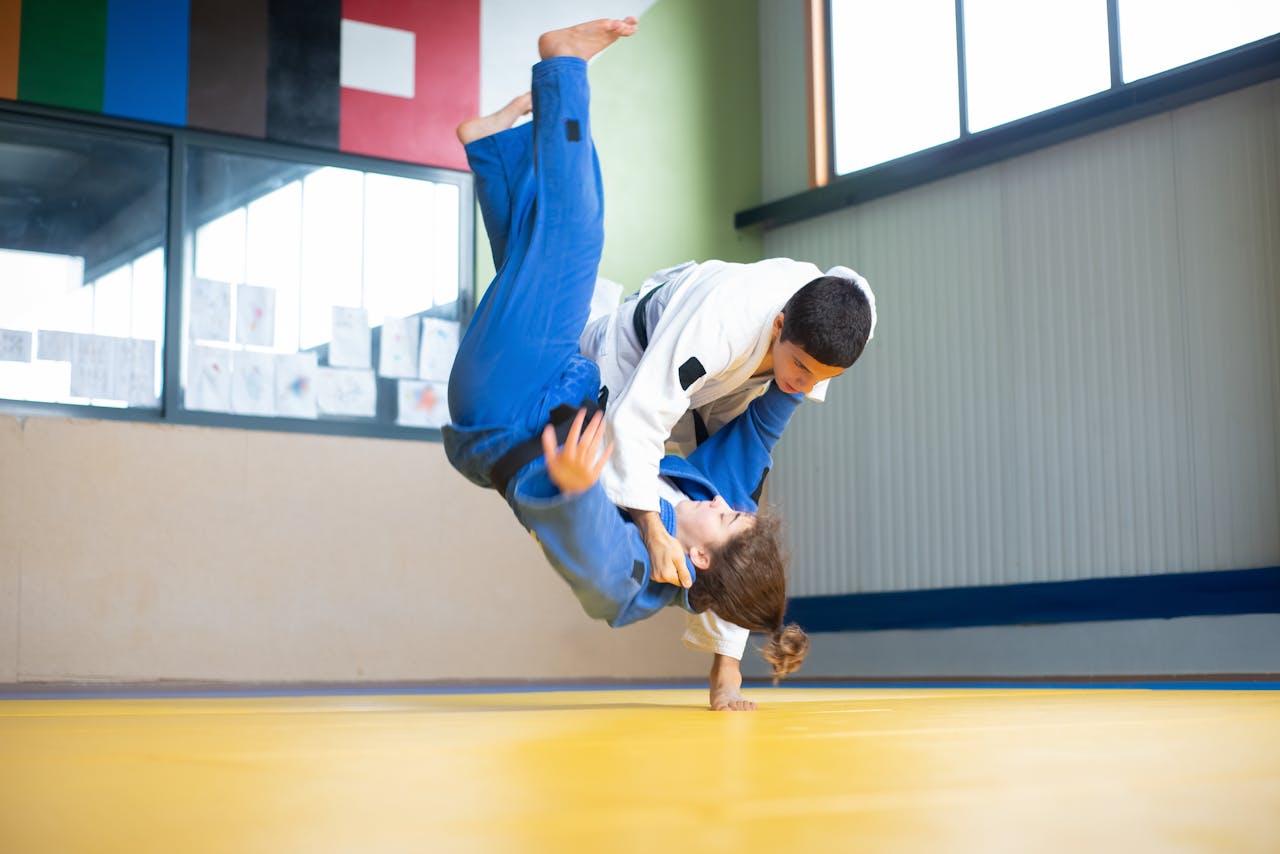Judo, a martial art originating from Japan, has made a significant impact globally, particularly in the United States. This blog post explores the journey of Judo in the United States, tracing its introduction, growth, and the milestones that have shaped its current status.
Early Beginnings
Judo was introduced to the United States in the early 20th century. Its arrival is primarily attributed to Japanese immigrants who brought their martial arts traditions with them. One of the earliest records of Judo in the U.S. dates back to 1902 when Professor Yamashita Yoshitsugu demonstrated Judo to President Theodore Roosevelt at the White House. Roosevelt, an avid martial arts enthusiast, was impressed and began practicing Judo himself, sparking interest among Americans.
The Formation of the First Dojos
The early 1900s saw the establishment of the first Judo dojos (training halls) in the U.S., particularly in areas with significant Japanese populations such as California and Hawaii. These dojos became cultural hubs where Japanese immigrants and their descendants practiced and preserved their martial arts heritage.
Post-World War II Expansion
The post-World War II era marked a significant turning point for Judo in the United States. American servicemen stationed in Japan during the occupation were introduced to Judo and brought their newfound skills back home. This period saw a surge in the popularity of Judo, with numerous dojos being established across the country.
Formation of National Organizations
In 1952, the Amateur Judo Association (AJA) was founded, followed by the creation of the United States Judo Federation (USJF) in 1954. These organizations played a crucial role in standardizing Judo practices and promoting the sport nationwide. They organized competitions, certification programs, and training seminars, fostering a sense of community among American Judokas.
Olympic Inclusion and Growth
Judo made its Olympic debut in the 1964 Tokyo Games, and the inclusion of Judo in the Olympics further boosted its popularity in the United States. The establishment of the United States Judo Association (USJA) in 1968 provided additional support for the sport’s development.
American Judokas began to achieve international success, with Allen Coage winning a bronze medal at the 1976 Montreal Olympics and Jim Bregman securing a bronze medal in the 1964 Tokyo Olympics. These achievements helped to elevate the status of Judo in the U.S.
Women’s Judo
Women’s Judo has also seen remarkable growth in the United States. Rena “Rusty” Kanokogi is a pioneering figure in this regard. In 1959, she participated in a men’s Judo competition and won, only to be stripped of her medal when it was discovered she was a woman. Kanokogi became a leading advocate for women’s Judo and played a pivotal role in its inclusion in the Olympics in 1992. U.S. Judoka Kayla Harrison’s gold medals in the 2012 and 2016 Olympics are a testament to the strength of women’s Judo in the country.
Modern-Day Judo in the U.S.
Today, Judo continues to thrive in the United States. The sport is practiced by thousands of enthusiasts across various dojos, universities, and community centers. The United States Judo Federation, United States Judo Association, and USA Judo (the national governing body) continue to promote the sport through competitions, training programs, and international exchanges.



